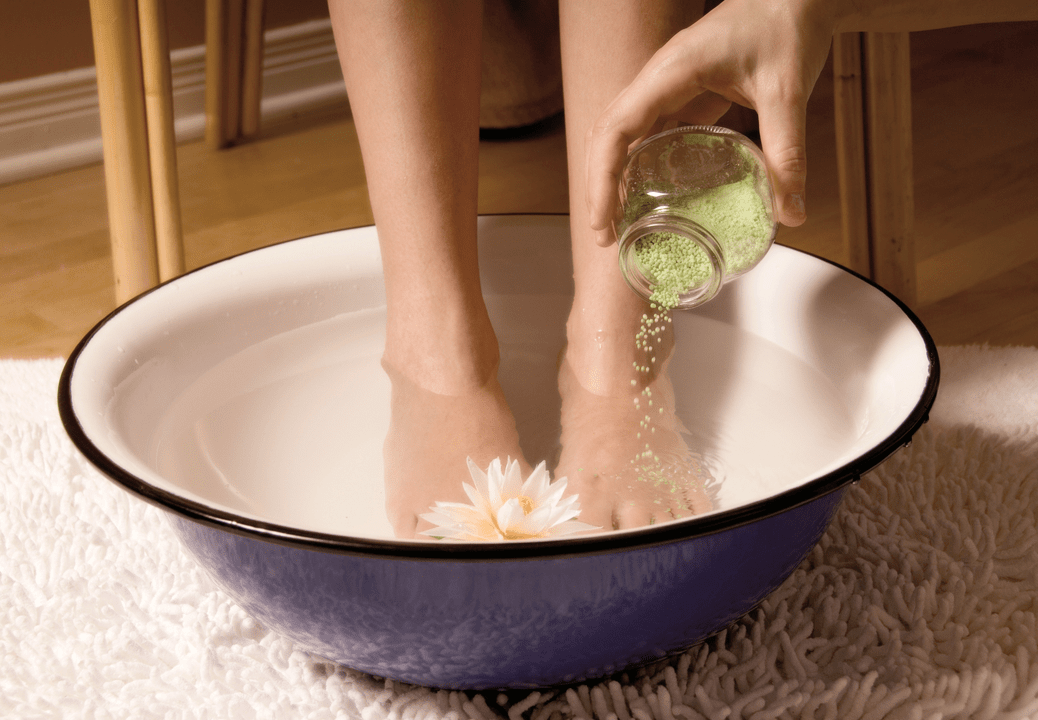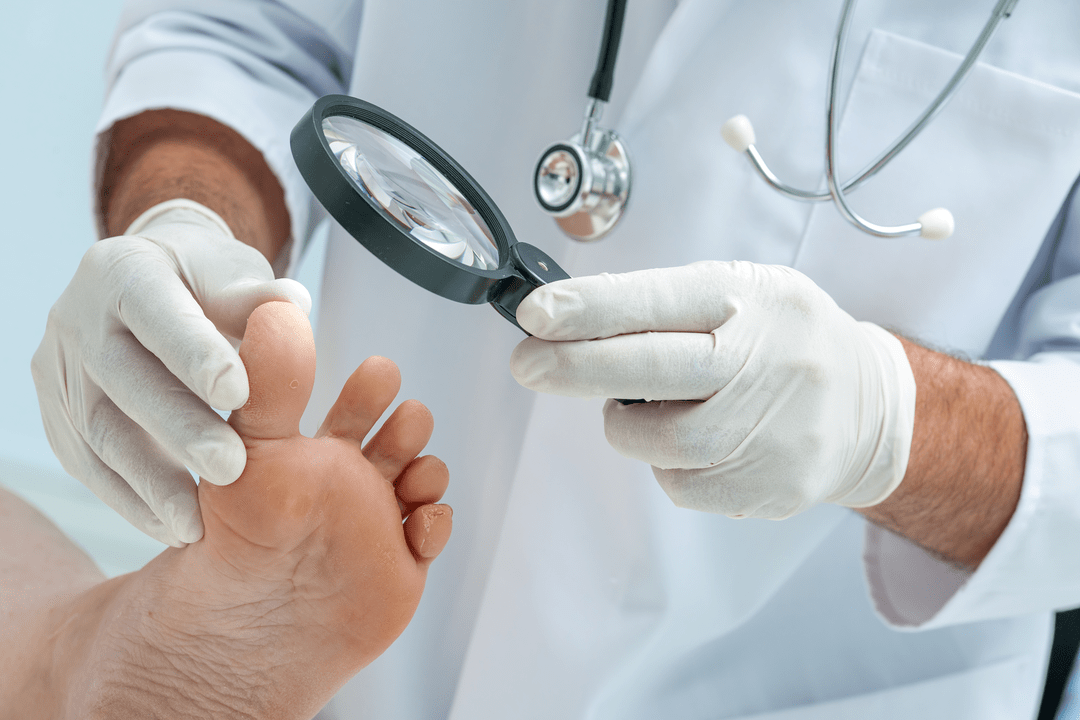symptom
- The color of the damaged nail plate changes to a toxic gray or dirty yellow,
- Itching of the skin around the infected area,
- Nails gradually peel and chip,
- Pain may occur when touching an area of skin that is red and affected by inflammation.

Reasons why onychomycosis is difficult to treat
- Without proper treatment, for some reason the fungus may penetrate deep into the tissue and become resistant to various treatments,
- Wrong choice of medication,
- Low immunity initially due to living in a polluted environment (e. g. in a big city),
- Other conditions that may prevent stable recovery. For example, diabetes, varicose veins, etc.
- Toenail fungus cannot be completely eliminated. New strains of the disease emerge every year that are resistant to certain drugs,
- Hygienic conditions are low.

Treatment of onychomycosis
- pill,
- ointment,
- Varnish and solution.
Cheap Onychomycosis Tablets and Capsules
Medications to Treat Fungal Infections
Synthetic broad-spectrum antifungal agents
systemic antibacterial drugs
Antifungal ointments and creams
Liquids used to treat skin infections of fungal origin
Topical antifungal agents
Medical products with patented formulas
Creams and tablets to prevent and treat foot fungus
Anti-mildew varnish
Broad spectrum antifungal agent with good penetration ability
Varnish for treating and preventing onychomycosis
Prevent onychomycosis
- Never use the same tools to treat diseased and healthy nails and affected areas of skin. No matter how strange it sounds, healthy nails reduce the risk of infection, especially of adjacent hands and feet.
- Wash your socks more often. This rule applies especially to men because. . . they are the ones least worried about cleanliness. Don't wear the same socks from a few days ago;
- Don't wear other people's clothes and shoes. This applies to any clothing that comes into contact with your hands and feet (gloves, socks) as well as any shoes. Even slippers from the same company should have their own. After all, the fungus is highly contagious—if one family member becomes infected, others will become infected, too.
- On the beach, only wear flip flops. No closed shoes!
- Wear closed shoes to the sauna or bathhouse opposite. Try to avoid splashing water,
- After showering and swimming, be sure to dry your feet thoroughly and apply antifungal ointment. This rule applies especially to swimming in public rivers and lakes.

















